If you fell in love with Spider Plants (Chlorophytum comosum) and you’re looking for similar indoor plant species to fill your home and your garden, you’ve come to the right place.
We have selected seven plants that share some similarities with Spider Plants, or also known as Airplane Plants or Ribbon Plants.
Most of them have long, narrow leaves and are quite easy to care for.
- Related article: Spider Plant Care Instructions
Here, we’re providing you with a quick overview of each plant that are a favorite among plant lovers! Let’s get planting!
1. Japanese Sedge Plant (Carex morrowii)
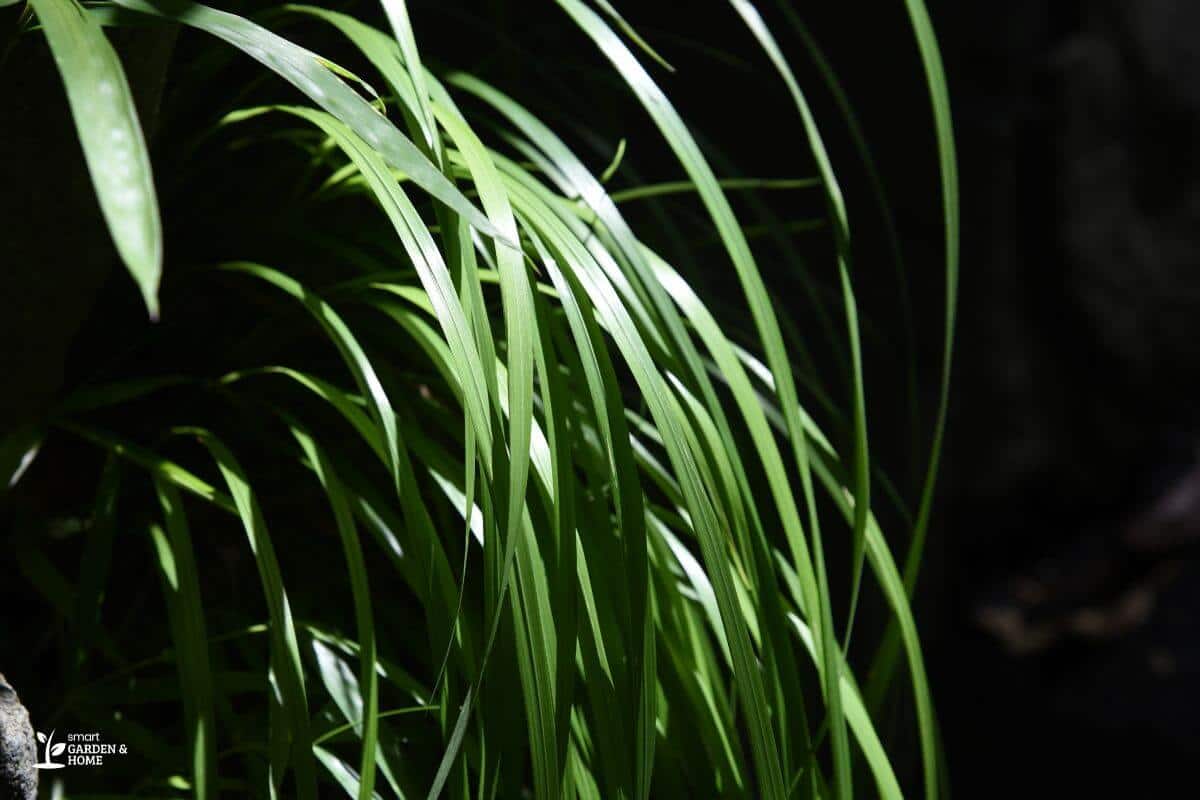
One of the plants that looks most like Spider Plants is certainly the Japanese Sedge plant.
The variety with variegated leaves is especially similar to Spider Plants, with the difference that its leaves are even narrower and they form a much denser cluster.
Just like Spider Plants, Carex morrowii is easy to care for and quite hardy. It can live well both in the sun and in shaded areas, and it’s possible to cultivate it both as outdoors or as a houseplant.
Japanese Sedge plants are not as common as Spider Plants, so you might have to purchase one on online shops rather than in nurseries or plant stores.
2. Pandanus Plant (Pandanus utilis)
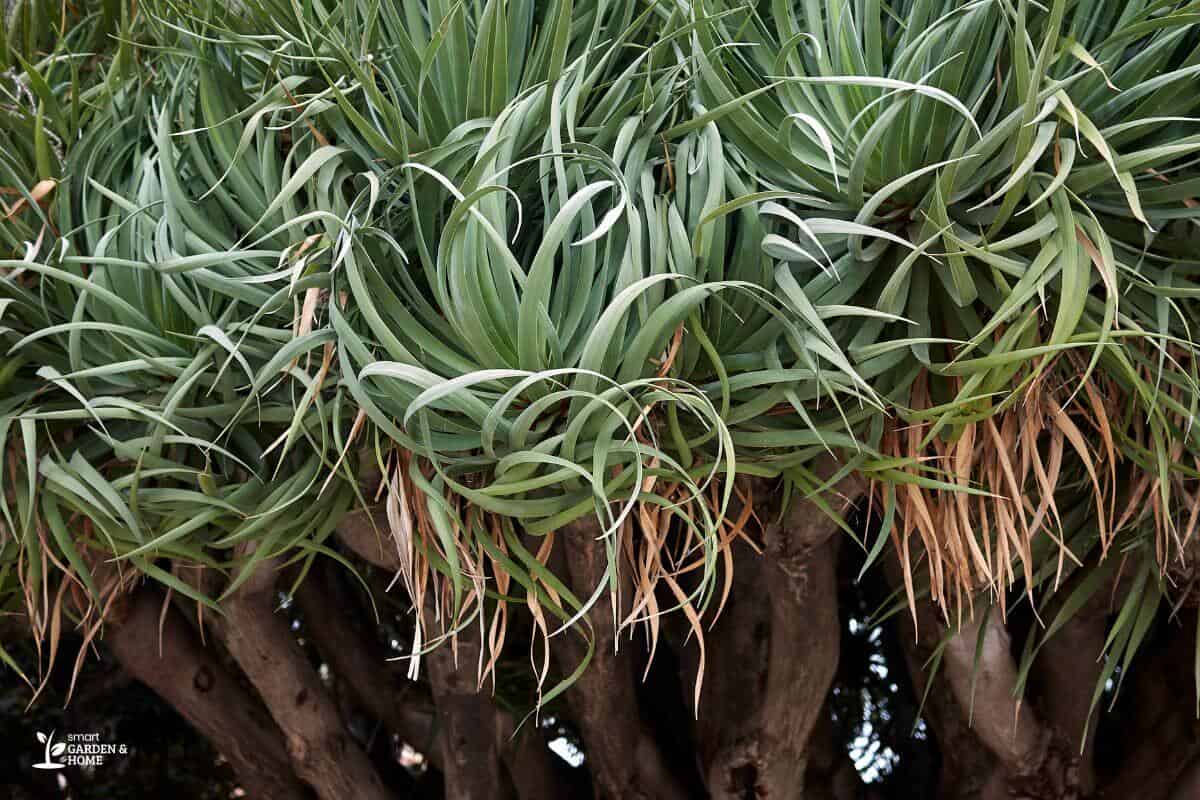
Pandanus Plants share with Spider Plants the shape and overall appearance of its green foliage.
The leaves of these plants are green and white and tend to become very long, growing in a spiral shape around the main stem.
The main difference between the two species is that Pandanus utilis grows to be much bigger than Spider Plants, especially in height, so that it also resembles the Pineapple Plant.
The Pandanus Plant is just as low-maintenance as the Spider Plant and is also easy to find in most garden stores.
If grown outdoors, Pandanus plants become bushes or even small trees, but they can also be successfully grown indoors and kept at a more manageable size.
3. Dracaena (Dracaena spp.)
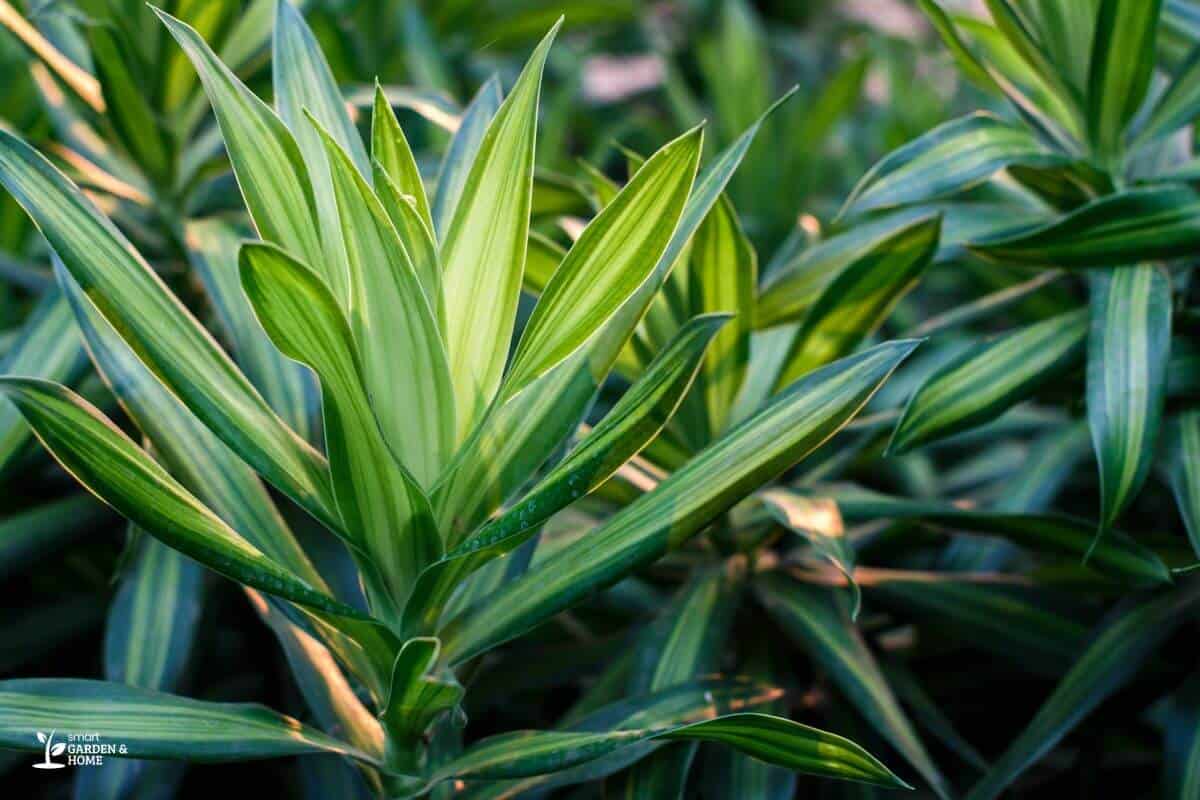
There are many species of Dracaena plant and most of them have foliage that resembles that of Spider Plants.
The leaves of these plants usually have a green and white stripes like those of Spider Plants, but they are much wider leaves.
Dracaena plants also grow much taller and have thick, woody stems, unlike Spider Plants that are herbaceous. With the right pruning, it is possible to keep these plants small.
Most varieties of Dracaena are easy to take care of and don’t require much special attention.
Among the most interesting and common variety of plants are Dracaena deremensis, Dracaena reflexa, and Dracaena fragrans.
4. Hechtia Plants (Hechtia spp.)
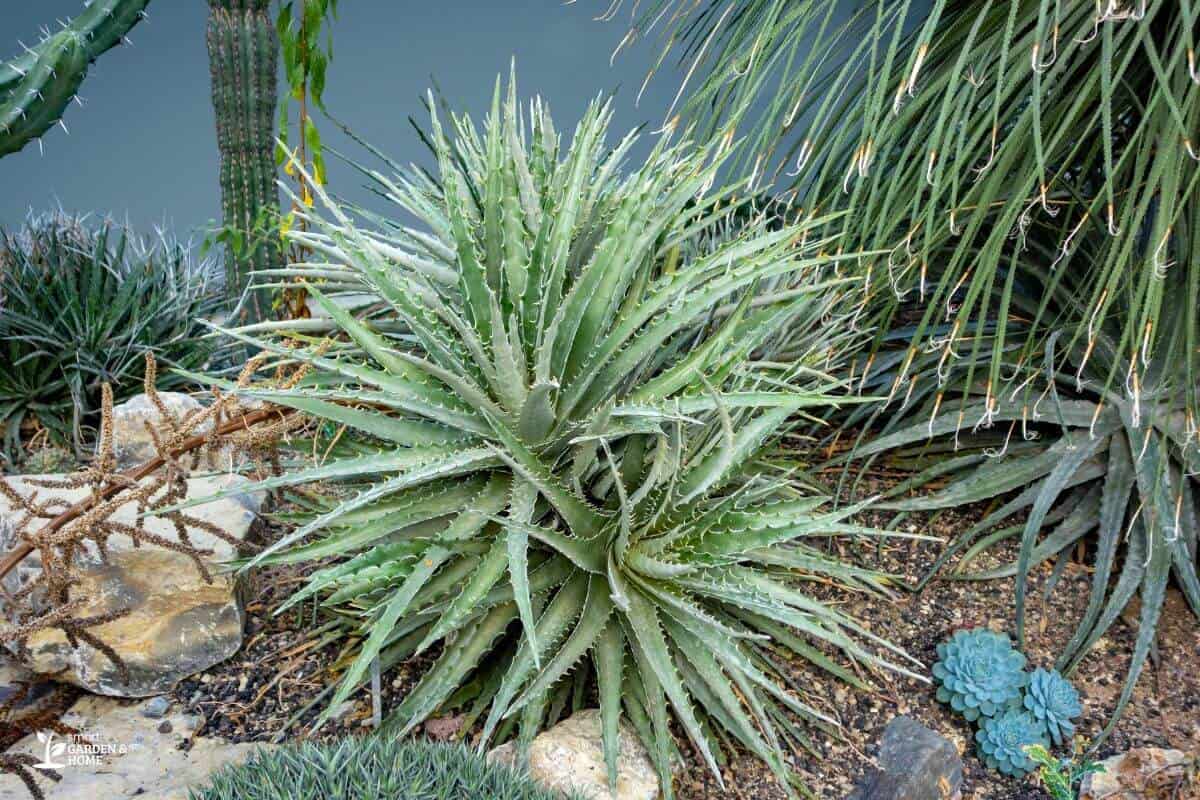
Hechtia is a small genus of plants belonging to the Bromeliaceae plant family. Bromeliad plants are typically quite breathtaking with their spiky, curved leaves.
Hechtia plants’ leaves are especially beautiful with their sword-like shape and variety of colors, from yellow to crimson, purple, and pink.
Some Hechtia species look more like Spider Plants while others are more tropical-looking. Most resemble succulents and can be treated as such, even if technically, they aren’t.
Their care is quite different from that required by Spider Plants, as they will need plenty of sunlight and no fertilization.
5. Air Plants (Tillandsia spp.)
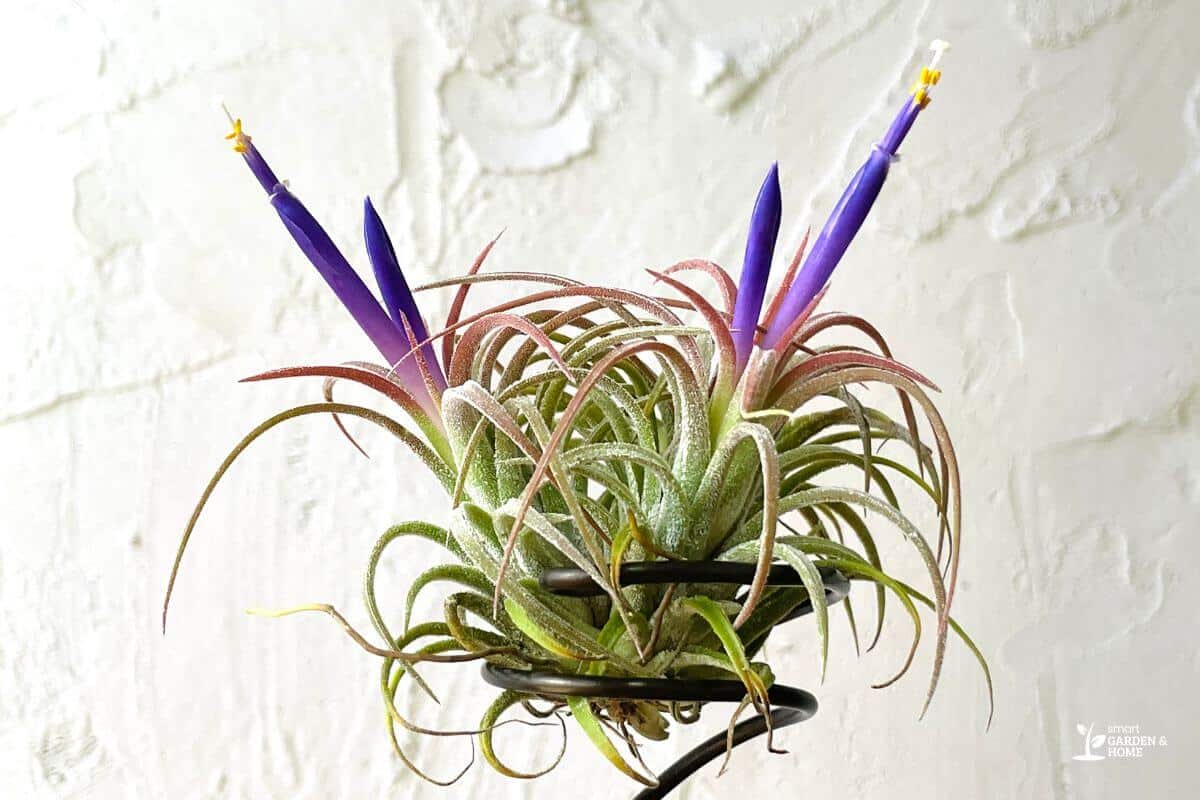
Air Plants are also bromeliads, but from the Tillandsia genus. Just like Spider Plants, they are some of the easiest plants to maintain.
The only thing to remember is to mist them every day as most varieties need plenty of water.
Another similarity is that they produce baby plants that can be used to propagate them.
Air Plants have spiky leaves just like Spider Plants, but they are otherwise very different species.
Tillandsia plants owe their name to the fact that they don’t need soil in order to grow, which makes them very useful decorations for places that wouldn’t normally be suitable for plants.
6. Snake Plants (Sansevieria trifasciata)
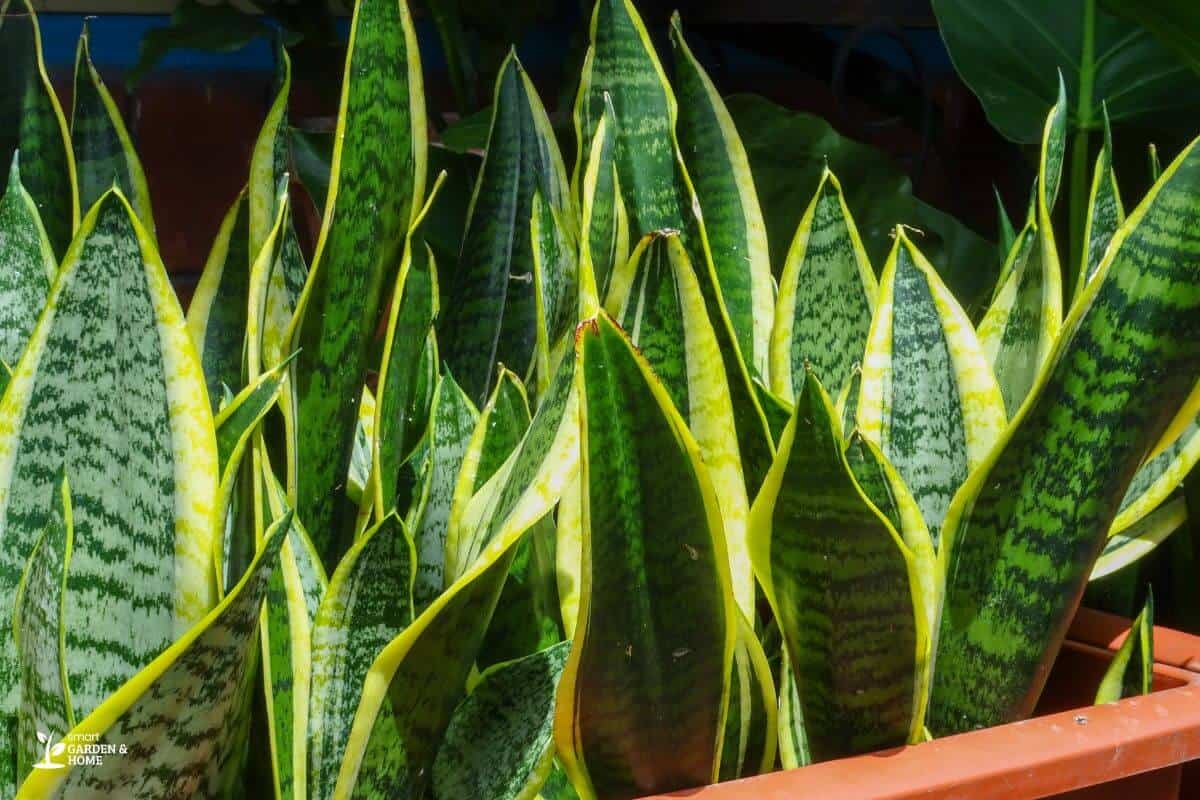
Snake Plants are an interesting alternative to Spider Plants because they are even easier to care for.
These plants will thrive even if you forget about them for long periods of time as they need little nutrition and watering.
They can also survive with very low lighting and the only risk to their health is overwatering.
Snake plants also have many benefits. For example, they purify the air by absorbing pollutants such as formaldehyde and benzene.
Snake Plants have spiky leaves that grow from the base of the plant.
One of the variegated varieties of Snake Plants that looks most like Spider Plants is the Sansevieria trifasciata ‘Laurentii’, which has thick variegated leaves with pointed ends.
Another is the Sansevieria trifasciata ‘Black Gold’, characterized by prickly leaves in a dark green color with golden margins.
7. Liriope (Liriope spp.)
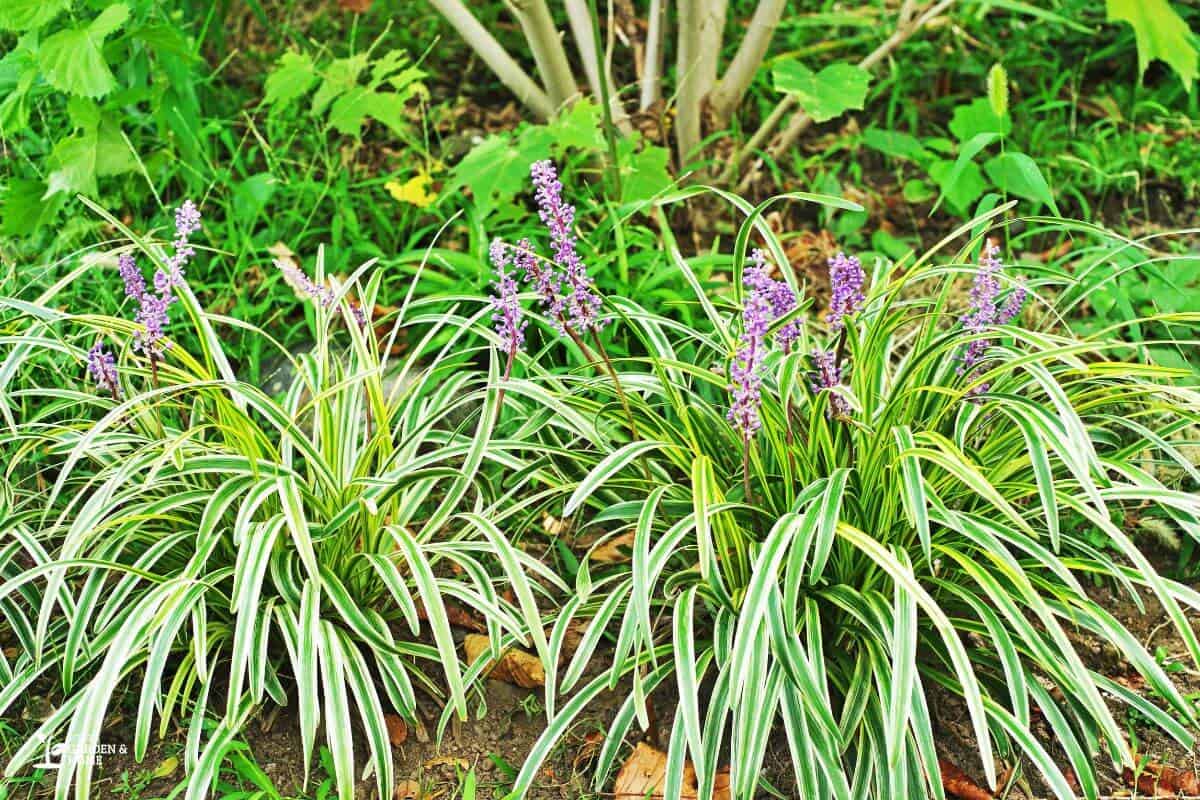
Liriope Plants belong to the same family as Spider Plants, the Asparagaceae. They are flowering perennials that are grass-like plants.
Liriope Plants are also known as Lilyturf as in the past, they were classified as lilies.
The second part of this name is explained by the fact that they can form thick ground covers, which makes them very useful plants to manage weeds and prevent erosion.
The Liriope variety that is more similar to Spider Plants is probably the variegated Buffalo Grass plants, with its cream stripes in the center of dark-green leaves.
Buffalo Grass can be grown both outdoors as a groundcover and indoors in pots and hanging baskets.
Final Thoughts on Plants that Look Like Spider Plants
There are many plants out there that resemble the beloved Spider Plant.
Whether you’re looking for a similar aesthetic or simply want a low-maintenance houseplant, options like the Snake Plant, Air Plants, and Dracaena are all perfect choices.
No matter which one you choose, you can rest assured that you’ll have a stunning addition to your home or office, or your plant collection, that is both easy to care for and visually-pleasing!
So why not add a unique touch to your space with one of these Spider Plant doppelgangers today?
Check out these cool articles to know more facts about Spider Plants:
- Can You Grow Spider Plant in Aquarium
- How Long Can Spider Plants Live in Water
- Spider Plant Care Pruning
- Spider Plant Indoor Benefits
- Spider Plant Plantlets
Sources:

